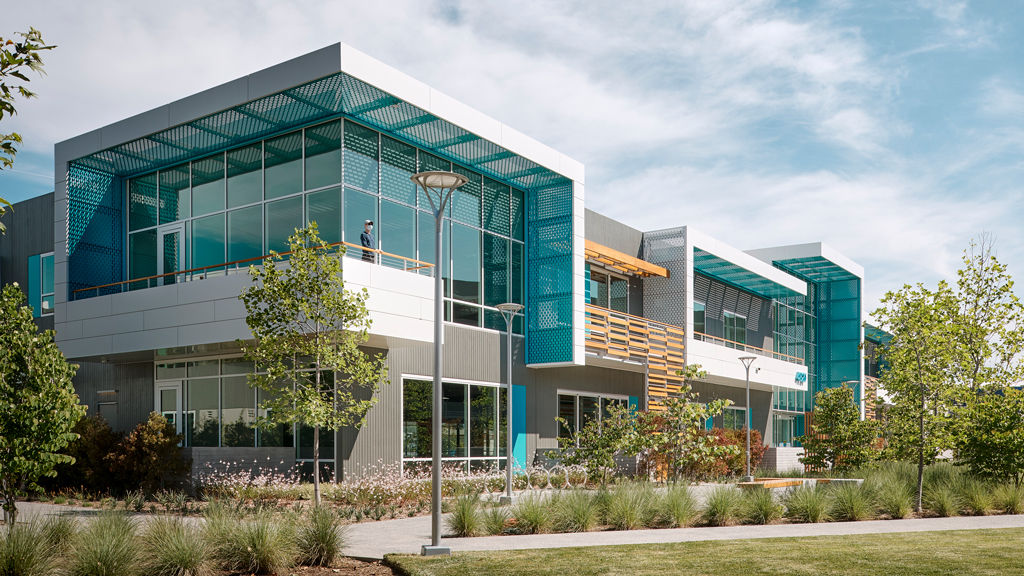Are Our COVID-19 Responses Missing the Big Picture?
July 07, 2020 | By Anthony Brower
Editor's note: This post is part of our ongoing exploration of how design is responding to the COVID-19 pandemic. It originally appeared on Metropolismag.com.
In the span of a few months, the COVID-19 pandemic has altered nearly every facet of our lives. We’ve found new ways to conduct commerce, to share meals, and to attend classes from home. We exercise differently, we continue rituals of birth, marriage, and graduations — but in far different ways. And the lucky ones who still have jobs get up each day and go about work in a strange new fashion.
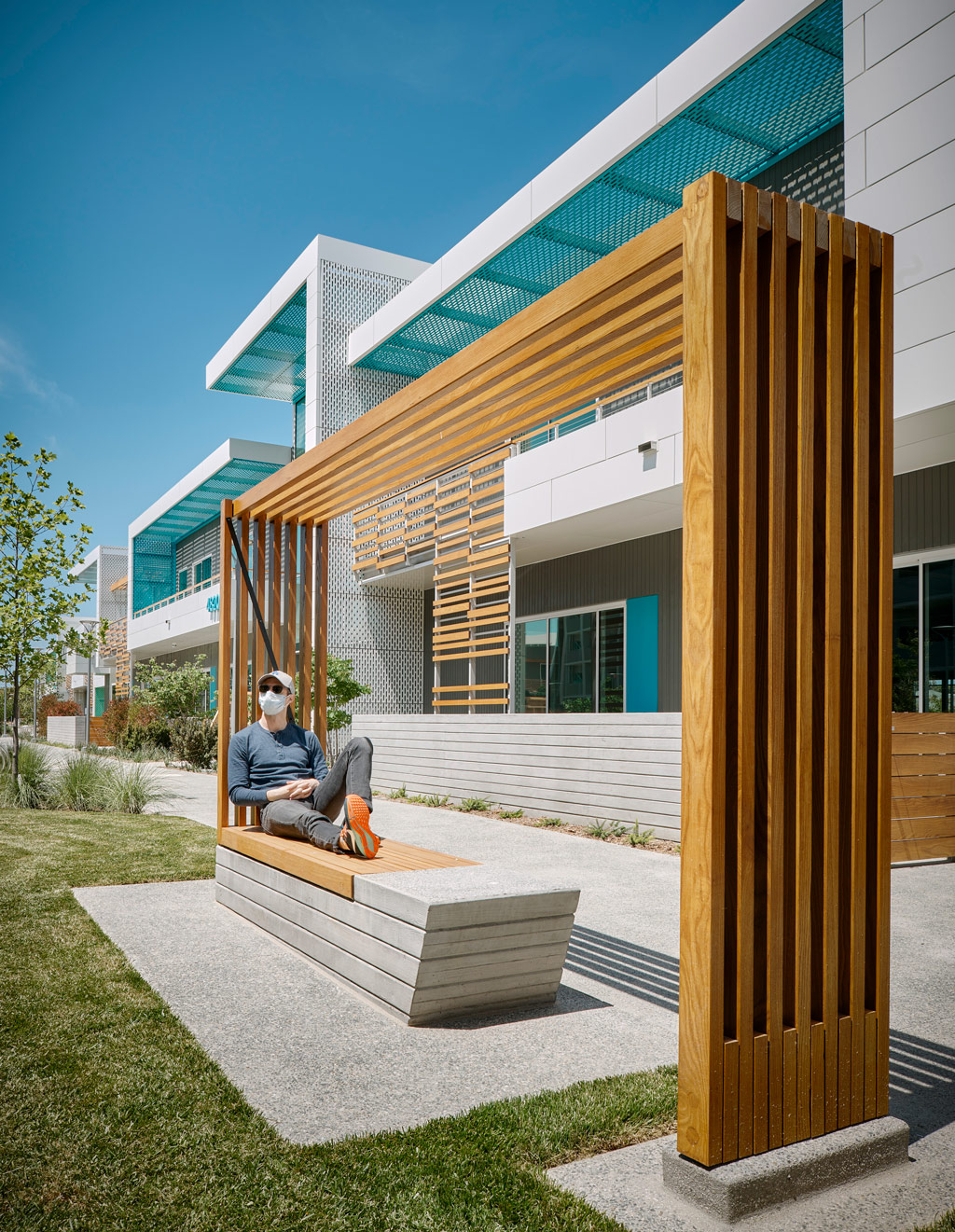
But our adaptability has had unintended consequences. We find ourselves more isolated — and with that isolation, we find ourselves struggling with boredom, loneliness, and depression. When we do make it out into public spaces, we do so with a new sense of fear and a measure of distrust as we estimate the distance between ourselves and others. “Is that six feet?” We ask. “Why isn’t he wearing a mask?” Such questions make us long to be back in a “normal” world.
As we transition to a world where we must cope with the possibility of a viral resurgence on a daily basis, we can begin to see which parts of the old “normal” world will return and which parts of this new world will shape our path forward. The biggest considerations for many will be how we go back to that place we call work — or whether we do at all. In the press there’s chatter of a continuing emphasis on working from home, on redesigned workspaces, on sterilization and sanitization techniques.
But what may seem like easy or clever fixes may be misdiagnoses — solutions with unintended consequences that we need to consider as we plan to reintegrate with society. Of particular concern are the potential environmental impacts such changes may have that not only affect our continued battle with global warming but may also exacerbate the conditions conducive to viruses more powerful than SARS-CoV-2.
Hidden Costs
It’s clear, in dealing with a disease that has already left a staggering death toll in the U.S. and around the world, that we will need to make changes to prevent future crises like what we’ve seen thus far. Supply shortages, a lack of hospital beds, and an inability to impose clear, rapid measures to protect our population are preventable. We also know that crises like these disproportionately affect disadvantaged communities and people of color. It is our responsibility to not only prevent future catastrophes, but do so in a thoughtful, ethical, and equitable way which considers everyone’s immediate safety, as well as their long-term well-being.
Climate scientists wrestle with the impact that changes in our global environment may have on viral growth and disease transmission. Something as simple as a shift in humidity levels can have unforeseen consequences on the way viruses spread. Factors such as this make it vital that we consider how changes we make to deal with the virus might influence the climate.
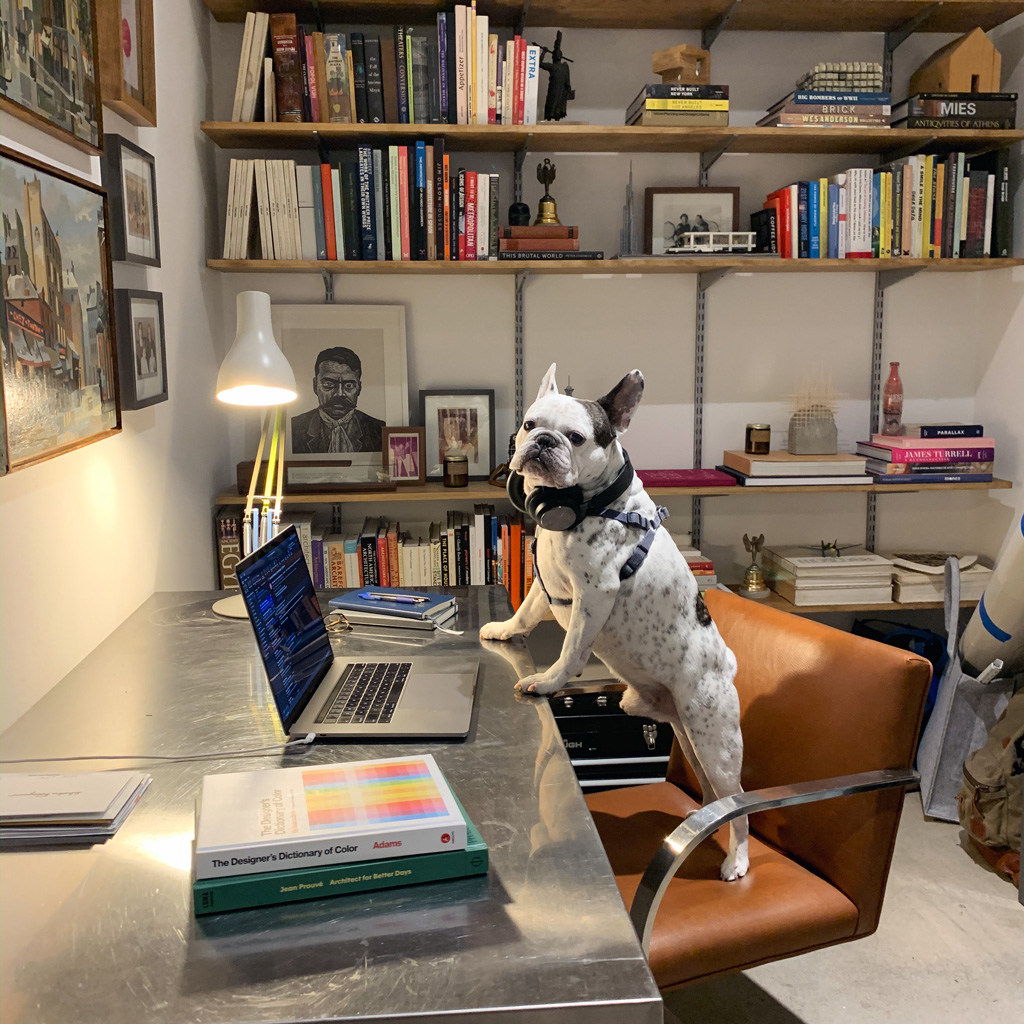
Take, for example, the employers that have already made long-term plans to transition to a work-from-home model for a significant portion of their workforce. An initiative that will allow for a broader recruitment strategy in the fight for great talent and allow companies to retain valuable employees while reducing the climate impacts of work commutes. Beyond the talent and commute benefits, employers will surely consider reducing their real estate needs which brings the added benefit of reducing their operational energy footprint.
But the assertion that reducing real estate in a work-from-home shift reduces power usage has flaws. A recent study in the U.K. showed that the cumulative effect of heating individual workers' homes was actually more costly and taxing on the power grid than heating a single larger office space. This is especially true in countries like the U.S., where air conditioning is ubiquitous.
It’s also worth noting that since alternative energy sources continue to be expensive to install, individuals may be less likely than companies to be able to invest in converting to environmentally friendly energy.
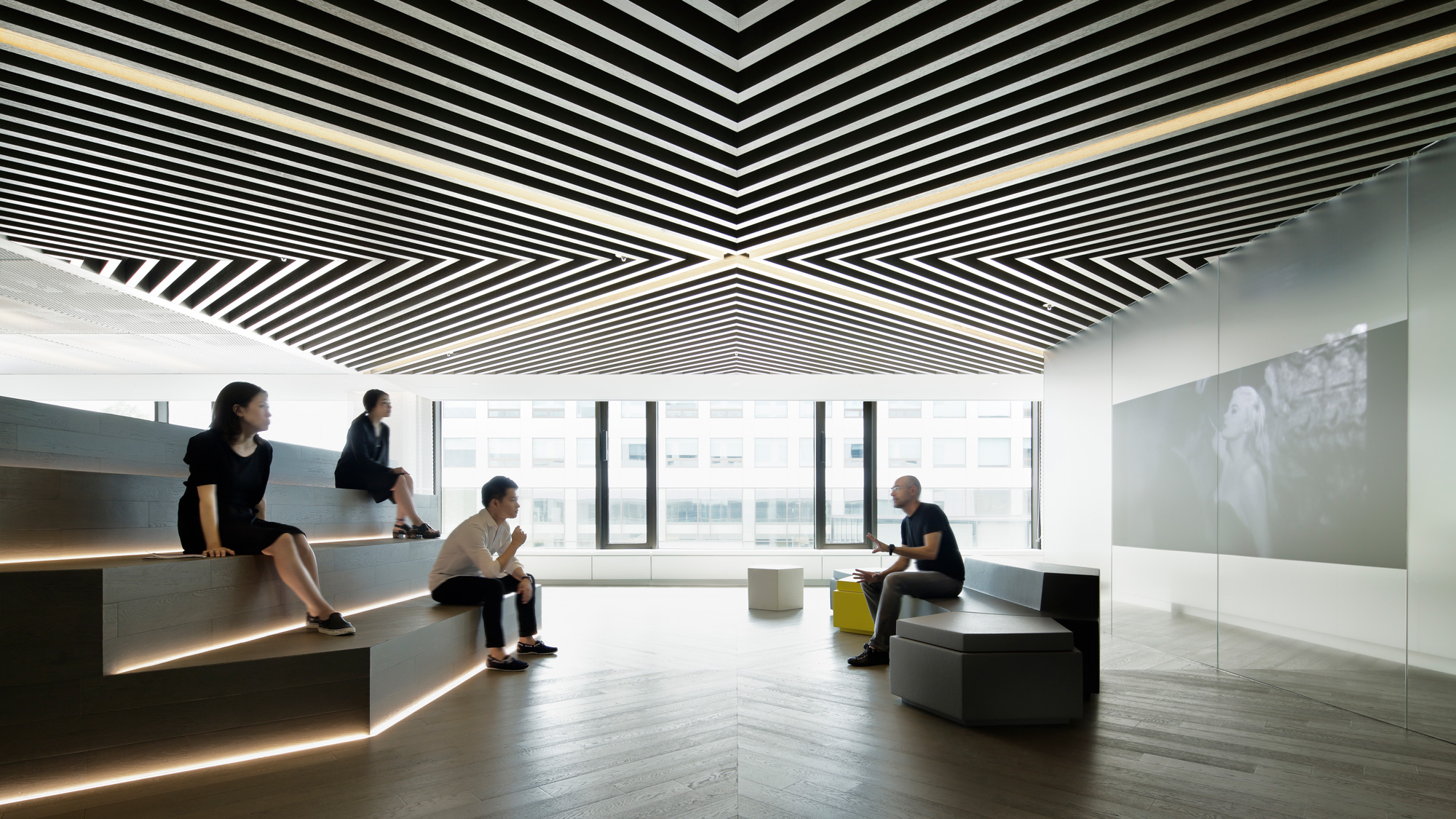
Another set of proposals has looked at the way we will conduct business at our workplaces. A common theme has been to institute physical distancing in our offices by spacing out employees and their work areas. But this means providing overall larger spaces, which means more heating and air, more lighting, more material usage, and more area to clean and disinfect. Even simple solutions, such as the business that proposed using paper placemats on work surfaces, echo out into the environment. What impact would such increased daily use of paper products have on deforestation?
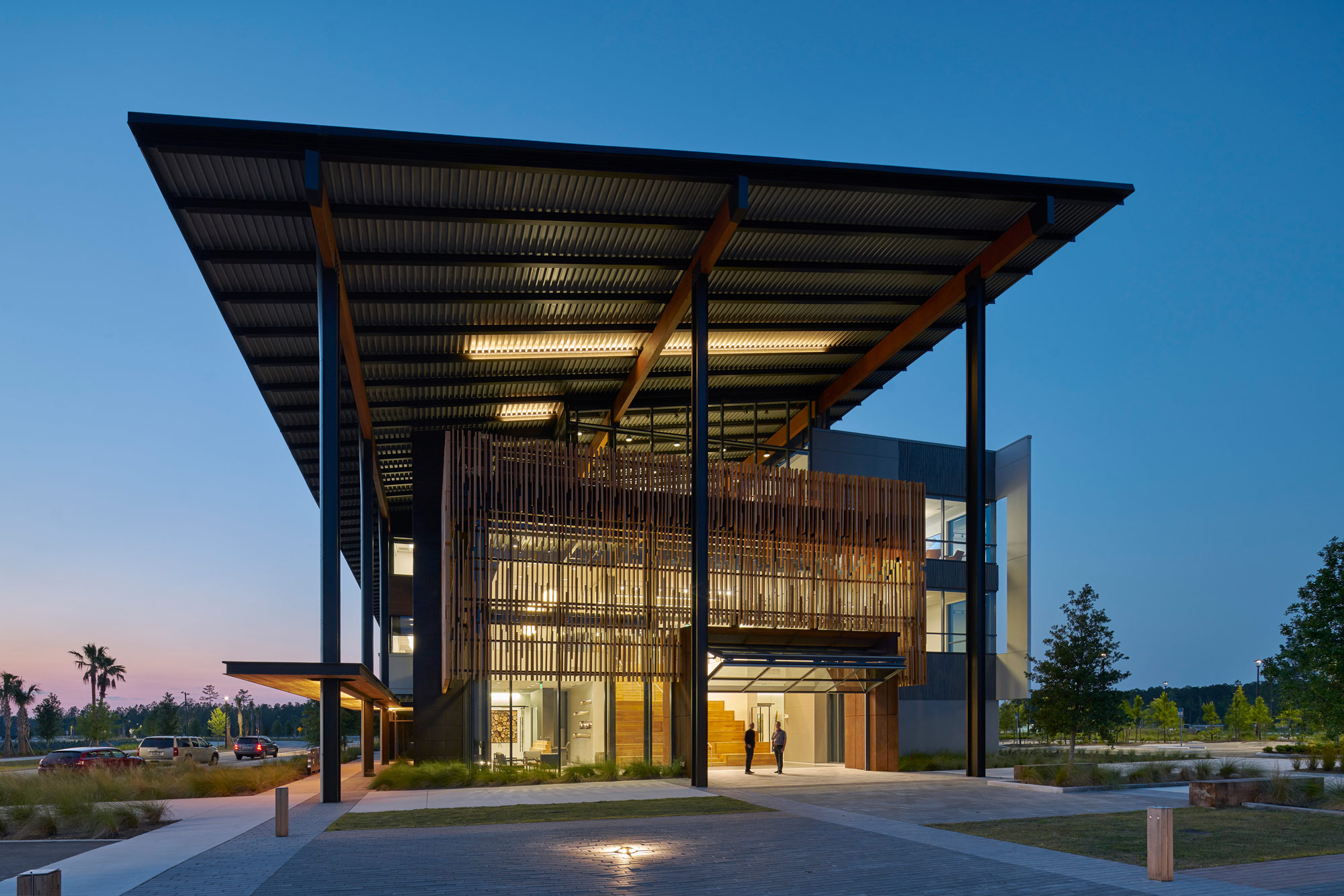
This idea of physical distancing when we return to work has sparked the further exploration of whether we can space out our teams without providing more square footage. One such proposal suggests rotations of fewer employees throughout the day in shifts. Putting aside the logistical challenge of asking two thirds of your staff to work during either the twilight or moonlight hours; this short-term transitional adjustment also comes with a hidden cost. Buildings and spaces that would normally have their air conditioning, heating, and lighting systems running only during the day, would now be increasing this usage upwards of threefold. A six-month transition plan back to full capacity could result in two years’ worth of hyper-concentrated energy emissions.
Thinking Ahead
By now, we’ve seen the before and after pictures of cities cleared of smog from the lack of traffic and wondered how there could be possibly be a positive environmental impact to resuming our commutes. But we’ve only been at this a short time, and we’re still seeing how new ways of working, living, and moving through our cities will affect supply lines and transportation infrastructure.
There are no easy answers to these questions. We will return to work in some new way, and we will need to do so in a manner that keeps us safe. But COVID-19 is not the only challenge we will face in the future. Environmental threats are likely to have an even larger impact on our lives over an even longer timespan and may bring with them superbugs that make COVID-19 seem insignificant. What’s more: we know that both crises — the pandemic and climate change — have outsized effects on developing nations and communities that are already at a disadvantage. More than ever, it is critical that we consider the environment in our calculations as we prepare for some kind of “new normal” in a post-COVID world.
For media inquiries, email .
